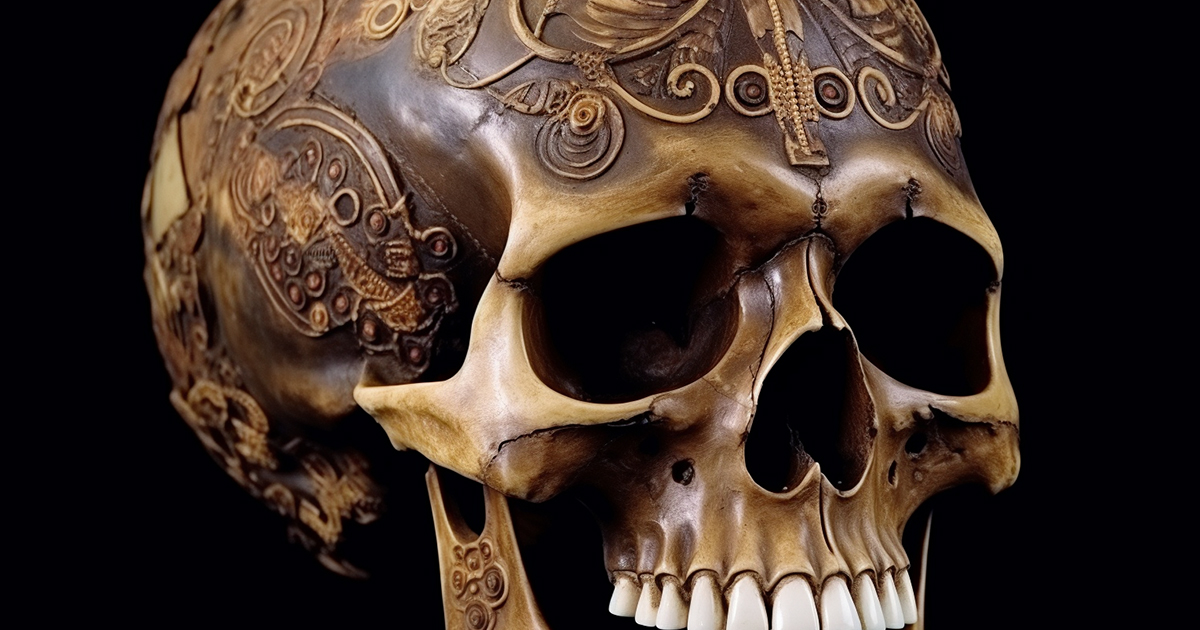Within the field of archaeological anomalies, Paracas skull number 44 emerges as a captivating enigma. Unearthed in 2012 along the southern Peruvian coast, this skull presents a unique feature – weighing 2.8 pounds, which is remarkably 25% heavier than the average adult male skull.
Equally fascinating is its cranial capacity, measuring 1,500 cubic centimeters, a substantial 20% larger than the standard. Adding to the intrigue, this skull lacks a sagittal suture, the typical joint found between the parietal bones in human skulls.
Nevertheless, the mystery deepens in Paracas, a region known for the discovery of numerous peculiar, deformed skulls with a history tracing back to 1927. At that time, archaeologist Julio Tello initiated excavations at a massive burial complex believed to be created by the ancient Paracas people who inhabited the area between 800 BC and 100 BC.

Julio C. Tello, revered as the pioneer of Peruvian archaeology, unveiled not only ordinary remains but mummy bundles containing individuals with elongated skulls. These mummies resided in family mausoleums, some extending up to 30 feet deep into the bedrock.
Conventional archaeologists attribute this elongation to head binding, a widespread cultural practice where infants’ skulls are intentionally shaped while still malleable. Despite this explanation, Brian Foerster, a committed researcher and assistant director of the Paracas History Museum, contests that head binding alone cannot elucidate all anomalies in Paracas skulls.
Foerster highlights that approximately 5% of these elongated skulls exhibit shapes and sizes too intricate for mere head deformation to cause. Some skulls not only elongate vertically but also possess notably larger eye sockets. Their distinctive characteristics include back cavities known as foramen, believed to aid in blood and nerve circulation, along with exceptionally robust jaws. Several skulls even surpass the average human skull weight by a staggering 60%, harboring brains with 2.5 times the regular capacity.
The lingering question persists: if head binding fails to explain these mysterious skulls, then who or what were these enigmatic beings? The mystery took a pivotal turn when Paracas skull number 44 underwent DNA testing, yielding astonishing results. Initial DNA analysis unveiled segments that did not align with any known human genetic material, hinting at a potential connection between the Paracas lineage and Homo sapiens, albeit not directly Homo sapiens itself.
Watch the Video:
Faced with such solid archaeological evidence, one inevitably ponders the existence of extraterrestrial life forms among us. Could Paracas harbor insights into a chapter of our history intertwined with beings from beyond our world? While answers elude us, the quest to unravel the truth behind these intriguing skulls persists, urging us to delve deeper into the mysteries of the unknown.
Fascinating, isn’t it?
